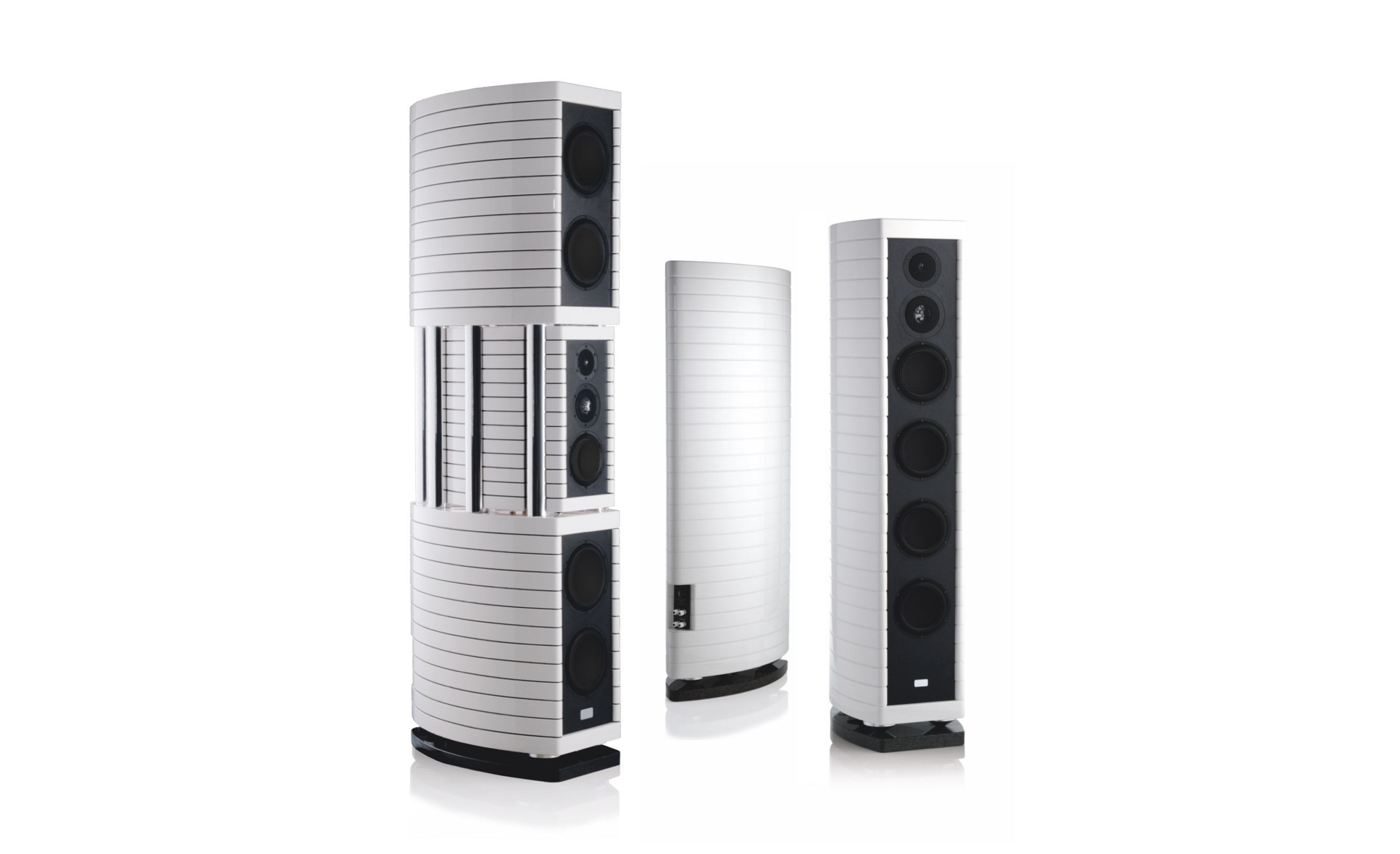
The Berlina Series - countless prizes and awards. Carefully improving the tried and tested and visually aligning it with the GAUDER line: The Black Edition. New crossover design with the finest Mundorf components meets black Accuton
black Accuton drivers. Roland Gauder has incorporated all the new findings from the development of the DARC series.
Timing, resolution and detail have been significantly improved.
The Berlina Black Edition is uncompromising loudspeaker design in wooden rib construction.
You can find an overview of all models here
LP Magazine
Press releasesChoose between the standard ceramic tweeter and (at extra cost) the world's best tweeter, the famous Accuton diamond tweeter. Retrofitting is also possible at any time later.
Resonating cabinet walls affect speaker sound more than you might think. By stacking the ribs and packing damping ribs in between, we completely eliminate cabinet sound.
On the multifunctional Berlina Terminal you adjust the bass volume in 3 steps (-1.5 dB, linear, + 1.5 dB), choose whether with or without Bass Extension and connect your amplifier via the WBT-Nextgen sockets.
By plugging in the bass extension bridge, the low bass is boosted by 4 dB between 30 Hz and 60 Hz.
The teardrop-shaped enclosure prevents sound distortion caused by annoying reflection and diffraction effects. In addition, this shape increases stability and reduces sound colouration caused by cabinet resonance.
A solid aluminium foot is integrated into the cabinet as the lowest rib. The spikes, which can be adjusted by means of a fine gear, can still be aligned smoothly after installation. Also available with MusicLight.
Listening to music means enjoying it. It also requires the right light. With a smartphone, you can adjust the colour and brightness of the indirect light. Depending on your mood. Beautiful!
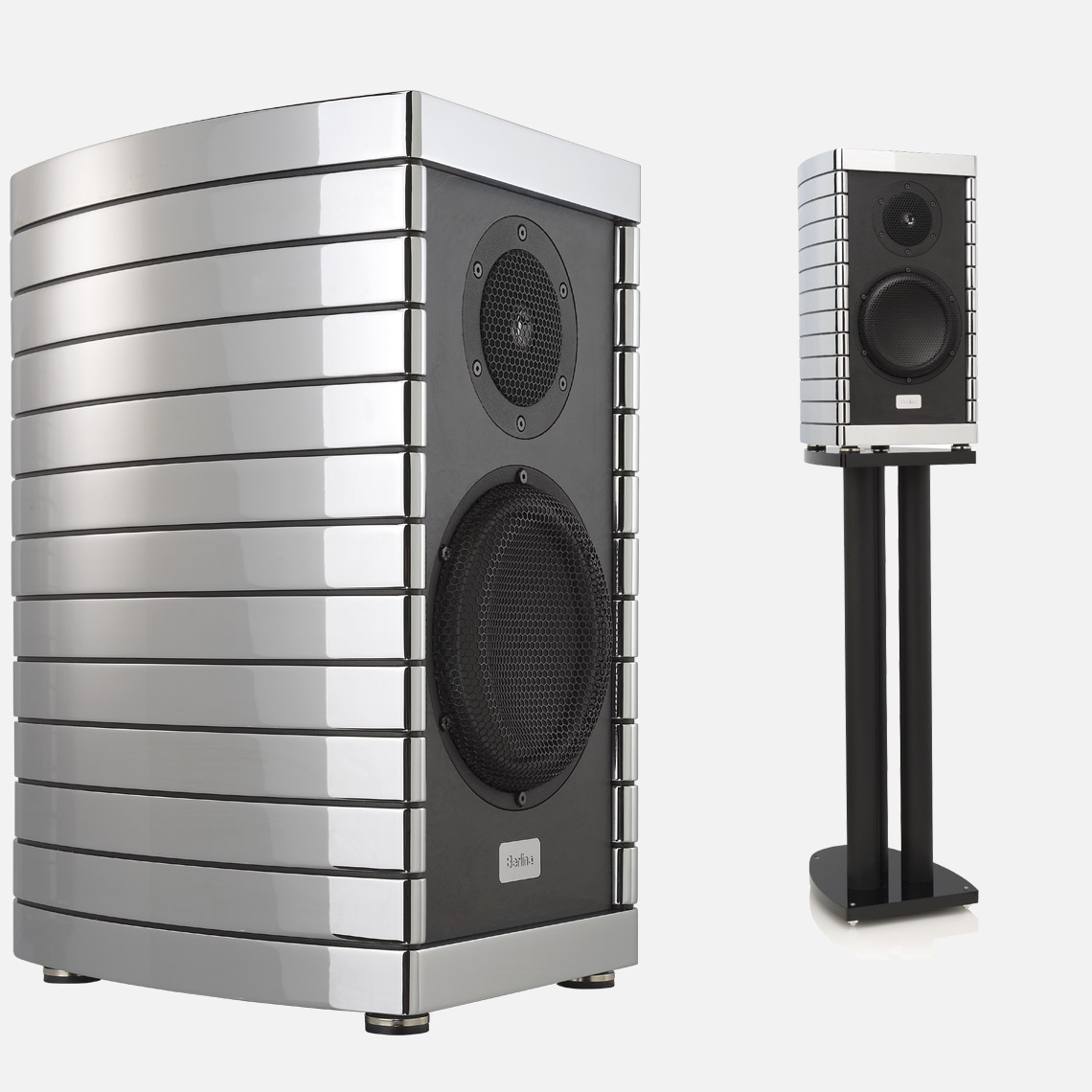
Ceramics - the material of the 21st century. Virtually unrivalled even for loudspeaker cones. That's why we rely on it for the Berlina series, too, of course. At least up to 1,000 Hz. Because after that, there is something even better: diamond, a material with surprising and amazing properties. Diamond is the material with the greatest hardness (hardness 10), the highest speed of sound and the best thermal conductivity.
A diamond membrane therefore behaves like an ideal piston even at much higher frequencies. This membrane can also withstand greater accelerations. The resolution of individual tones and impulses is unique. Even the smallest subtleties and details are still audible. Dynamic compression due to deformation is no longer possible. In addition, diamond is the material with the highest sound velocity of all materials (18,000 m/s), which is three times higher than titanium. This means that the feared partial vibrations within the membrane only occur at ultrasonic frequencies that are inaudible to humans. The diamond acts like a huge heat sink, as its thermal conductivity exceeds even that of the second best material, silver, by more than five times! So there can be no more effective cooling of the voice coil. The dynamic compression that often occurred in the past due to the heating of the voice coil and the resulting increase in resistance of the voice coil wire are a thing of the past.
So it's no wonder when people talk about diamond as the dream material par excellence. High resolution, full dynamics even during long operation and freedom from discolouration are guaranteed by the material. The best prerequisites for a fantastic loudspeaker!
Diamond tweeters are standard in the BERLINA RC 9 and RC 11. For the RC 3, RC 7 and the BERLINA FRC you can order diamond tweeters as an option. A subsequent upgrade is possible at any time. More information
One-way loudspeakers with a full-range chassis can unfortunately only be used to a very limited extent, since the physical conditions for emitting bass and treble at the same time are diametrically opposed. That is why there are multi-way loudspeakers that cleverly divide the 10 octaves audible by humans: Large, heavy bass cones with small magnets, light midrange cones with extra-strong magnets and small, extremely light but hard tweeter cones with strong FeNd magnets.
The important thing here, as with all ensembles, is their interaction. This is controlled by a crossover. A crossover is an electrical circuit consisting of passive components such as coils (inductors), capacitors (capacitances) and ohmic resistors. With their help, the corresponding frequencies are conducted to their suitable loudspeaker chassis. There is only one catch, this separation is unfortunately very imperfect, so that frequency ranges are often radiated by two loudspeaker chassis at the same time. And that is the big problem, because this grinds out many impulses in the music and worsens the dynamics, making music reproduction bland and boring.
AThe remedy is "steeper" filters that increase the separation strength (keyword: slope). However, such filters are complex and expensive and extremely difficult to calculate. But: There is no alternative!
That's why we only use steep-edged, phase-linear filters with corrected group delay times with slopes of 50 to 60 dB/octave, which is a multiple of conventional filters, in all our loudspeakers.
Our speakers therefore sound very lively, spatial and extremely natural, unlike many others. You can hear this after just a few seconds. Therefore, compare our loudspeakers with your well-known pieces of music and let yourself be convinced by this fine, lively music reproduction.
As long as hi-fi has existed, people have been searching for the perfect sound. A hi-fi system can never be good enough, there is no such thing as good enough! But the search is exactly what the hobby of hi-fi is all about. For our developers, therefore, the permanent dissatisfaction with what has been achieved stands as the supreme tenet on the board of unfinished tasks. We have to do even better, the sound of our loudspeakers has to become even more real, even more realistic! This approach has brought us to the top of the world in recent years and lives on in our halls.
And this is what happened to our successful models, the Vescova, the Cassiano and all the Berlinas. At the end of the development period of our DARC loudspeakers, so many new insights had been gained, all of which went into improving these models. Even we would not have thought that the sonic progress was so great. And so we decided to make our successful models a little better and build them in a special version - the "Black Edition" version - and at an extremely competitive, crisp price.
In the filter theory of electrical engineering, circuits that influence the frequency response are also called electrical filters. In a loudspeaker, the electrical filters are partial filters of an entire acoustic transmission system. In addition to the electrical filters, there are also mechanical and acoustic filters. In its entirety, this results in an acoustic filter that describes the characteristics of a loudspeaker in its entirety, i.e. what we call frequency response, phase response and time response (impulse response).
Filters have different blocking effects and efficiencies depending on how elaborately they are constructed. The simplest loudspeaker filter is the closed box with a blocking effect of 12 dB/octave. This is called a 2nd order filter because each order causes a slope of the blocking effect of 6 dB/octave. Since a bass reflex speaker has two oscillating mass-spring systems (speaker cone and oscillating air column in the tube), the bass reflex system is a 4th order filter system with a blocking effect downwards of 24 dB/octave and an increased efficiency in the bass range. It is therefore very popular and effective. Because a bass reflex speaker has an enclosure opening, enclosure air resonances can be excited by the diaphragm, which are radiated outwards through the tube and cause severe sound colouration, especially in the midrange. In two-way systems this can be a serious problem. For a two-way system, it is therefore advisable to increase the filter order with electrical filters. For example, a 1st order electrical high-pass filter, if properly sized, can extend the bass range downwards by more than half an octave, which will certainly give a small bookshelf speaker a strong foundation. A 2nd order electrical filter even causes a bass extension of almost a whole octave, making a subwoofer superfluous.
In addition, such electrical high-pass filters increase the impedance at the very bottom of the low bass range (1 Hz -20 Hz), thus sparing the chassis extreme excursions if the recording is overloaded with subsonic components or extreme low bass. A shelf speaker is not designed for this. Such electrical filters have astonishing effects in combination with bass speakers, which is why we don't want to do without them. Of course, one thing is clear: the law of conservation of energy in physics also applies here. The low bass extension is bought by a reduction of the impedance in the range 25 Hz - 35 Hz, whereby the speaker draws more current (energy) from the amplifier to fill up the bass range. For larger tube amplifiers, transistor amplifiers or switching amplifiers this is generally not a problem, unless you want to listen extremely loud. Smaller tube amplifiers, on the other hand, can run out of steam. You can then deactivate the high-pass filtering by pulling the bass extension jumper. This increases the impedance and the required energy is significantly lower. And so you can also operate our loudspeaker cabinets with a smaller tube amplifier.
The unique sound quality of the Berlina series is largely due to the completely new horizontal ribbed construction. Individual ribs made of 50 mm thick MDF material are stacked on top of each other and intricately screwed together. In order to achieve a high degree of vibration decoupling between the ribs, soft, 3 mm-thick soft-fibre ribs are placed between them. This prevents vibrations from spreading between the ribs and the music signal from being distorted.
In addition, the ribs become thicker from the front to the back, so that there is no clear resonance behaviour. At irregular intervals, additional crossbars brace the ribs so that no transverse vibrations can occur. An enclosure consists of a total of twelve different types of ribs, each with a special task.
Enclosure material, enclosure thickness, wall construction, thickness distribution, geometric enclosure dimensions, stiffening, internal wall damping - all these influences have an effect on the music reproduction of a loudspeaker enclosure. During development, every parameter was taken into account and further optimised through constant measurements and listening tests.
The result is a completely new enclosure design for the BERLINA series, in which all parameters form a perfect balance for outstanding sound quality.
Surfaces: Ribs, top and bottom in piano lacquer black or white, intermediate ribs in black, white, silver or gold.
Your room is booming? Determine the droning frequency with our Gauder Akustik CD and we will build a de-droning filter into your Gauder Akustik loudspeaker box, which you can activate by means of a jumper.
Due to its geometry, every living room has fixed eigenmodes, so-called room resonances. Due to their long reverberation, they produce a very unpleasant, annoying droning noise that permanently disturbs the enjoyment of music.
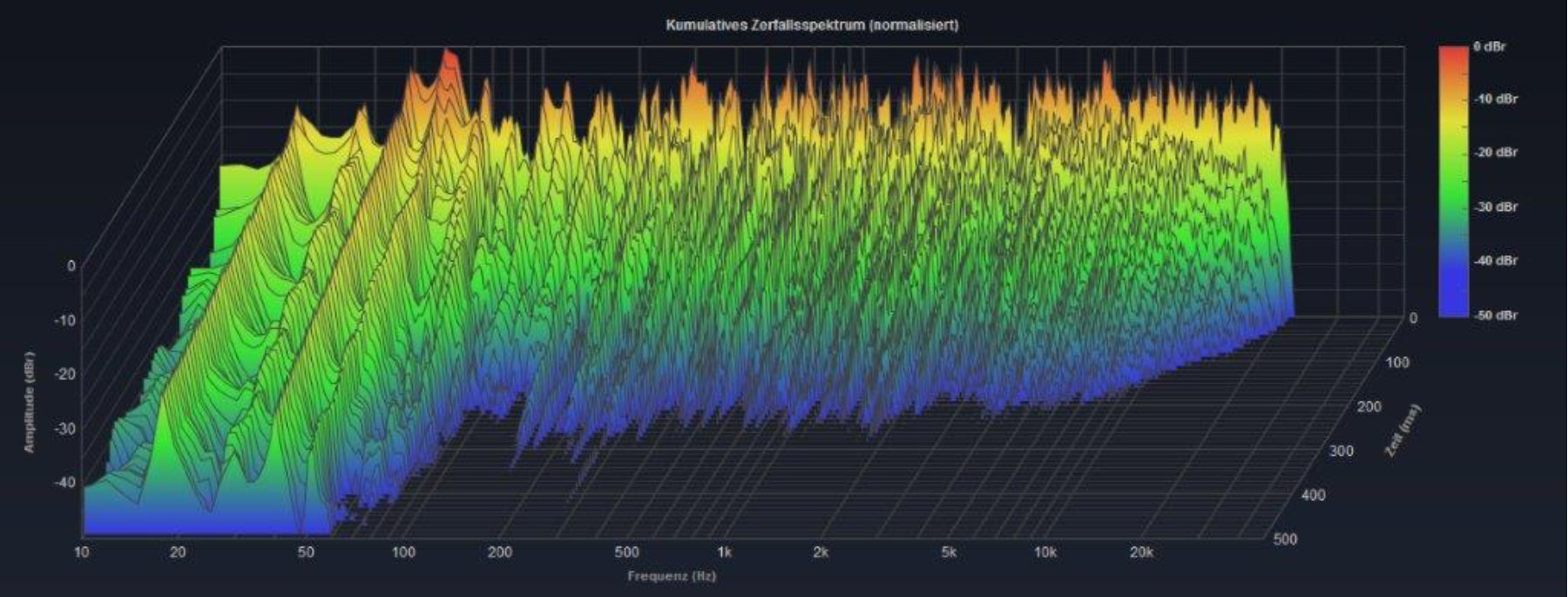
This is what a typical waterfall diagram of a living room looks like. Note how long the 50 Hz room resonance resonates and how much energy it carries.
We build a custom-made filter into your Gauder Akustik loudspeaker cabinet that suppresses these resonances and thus linearises the bass impression. This way, you can finally listen to low bass without an annoying drone. A completely new listening experience opens up!
Our filter works directly in the speaker cabinet, i.e. analogue. Digital filtering by a DSP is much worse in terms of sound, because the entire music signal is digitised and subjected to the filter raking procedure. This always leads to digital errors such as jitter, rounding and calculation errors. Afterwards, the entire signal still has to pass through the digital-to-analogue converter, which leads to further time, phase and frequency response errors. Therefore, an analogue filter in the loudspeaker is generally preferable.
In order to be able to see for yourself how this filter, which we have built in for you, works, we install an additional activation bridge at the back or bottom of the loudspeaker. By pulling the bridge plug, you deactivate the filter. In this way, you can now compare your Gauder acoustic speaker with and without the special filter and thus see how outstandingly the filter improves the reproduction.

2015
Berlina RC 9

2016
Berlina RC 9

06/15
Berlina RC 3
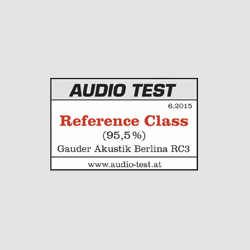
06/15
Berlina RC 3
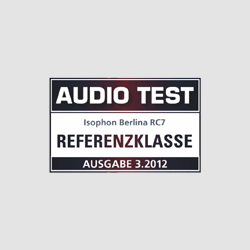
03/15
Berlina RC 7

01/15
Berlina RC 9

06/15
Berlina RC 7

12/20
Berlina RC 7 BE
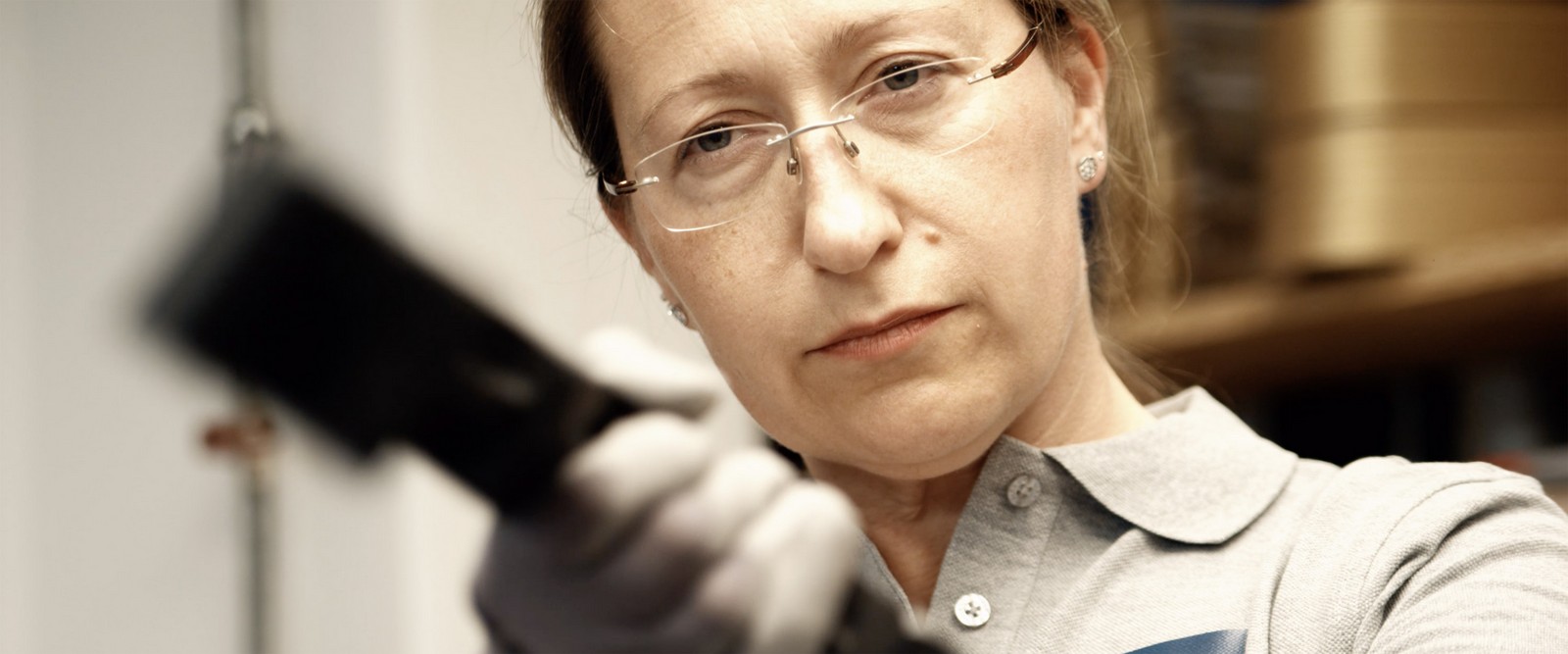
From development and production to the final inspection with listening test - every loudspeaker is manufactured in Renningen.
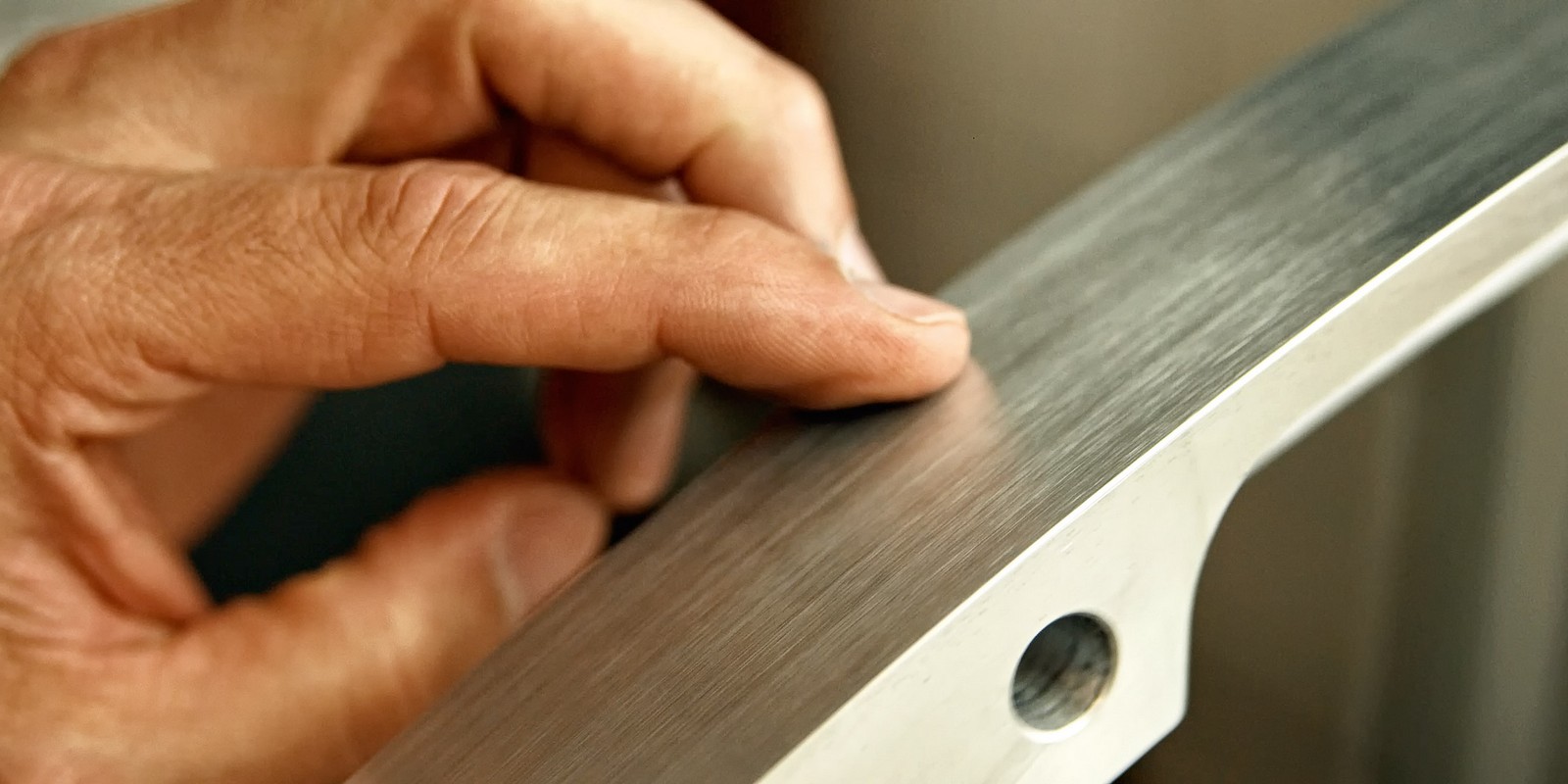
With our unique GAUDER Lifetime-Update your loudspeaker will always be technically and sonically up to date.
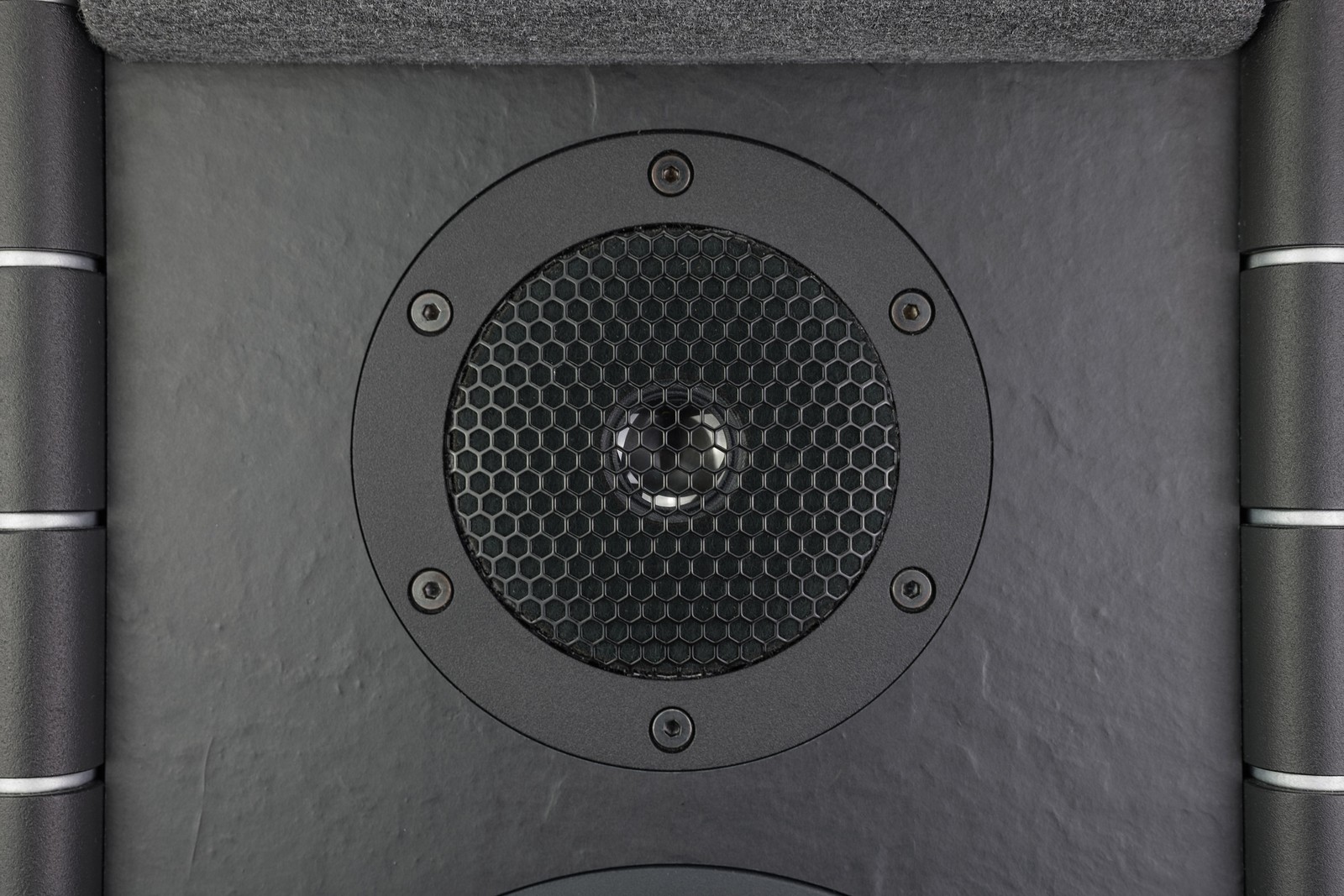
Upgrade possible at any time (BERLINA, DARC, CERAMIC). The surcharge is no higher than at the time of purchase.
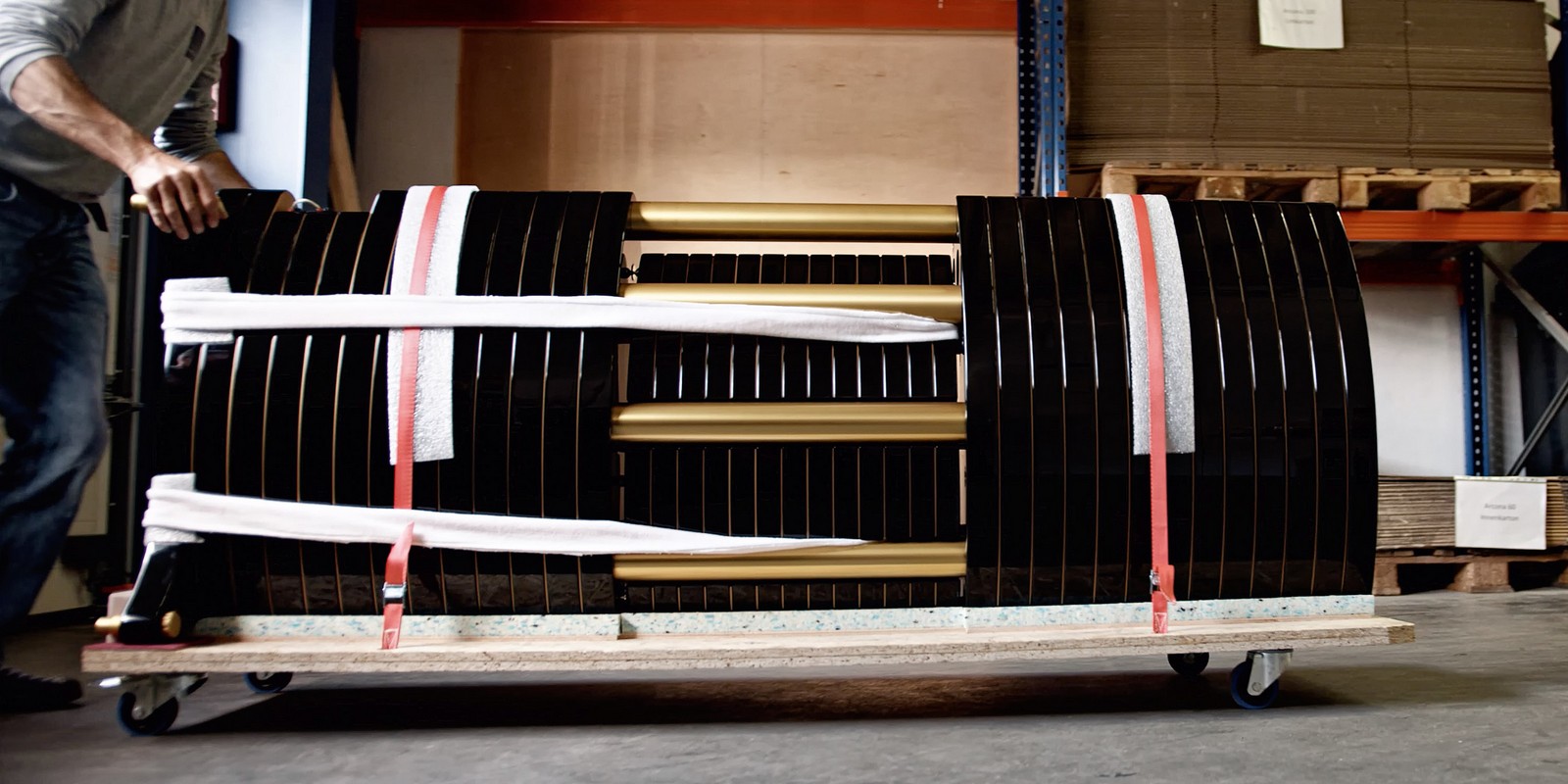
We know about the quality of our speakers. Therefore we grant for registered loudspeakers
10 years warranty.
Would you like more information about our speakers? Would you like to visit our factory or test a loudspeaker?
Please feel free to call us (phone +49 7159 920161) or send us this contact form. We will get back to you as soon as possible.
YOUR GAUDER ACOUSTICS TEAM


